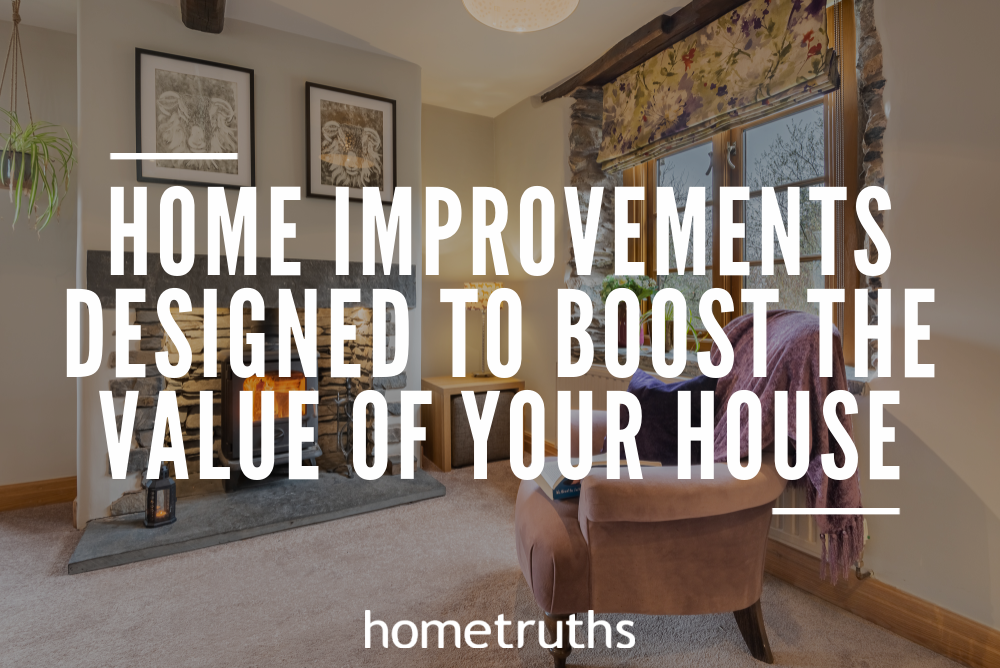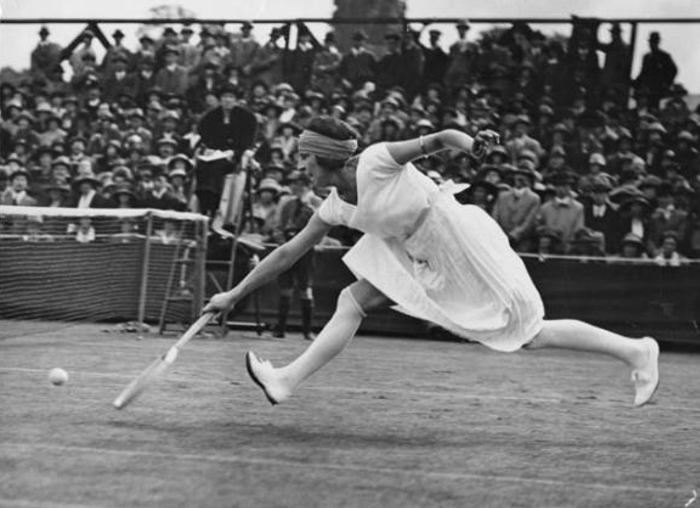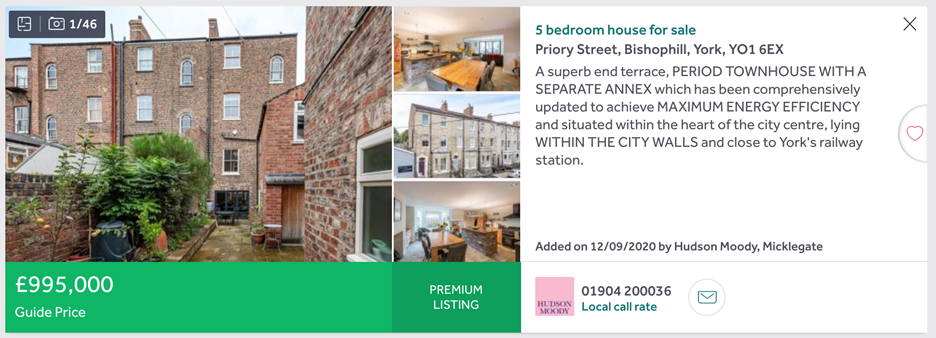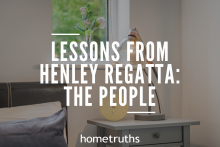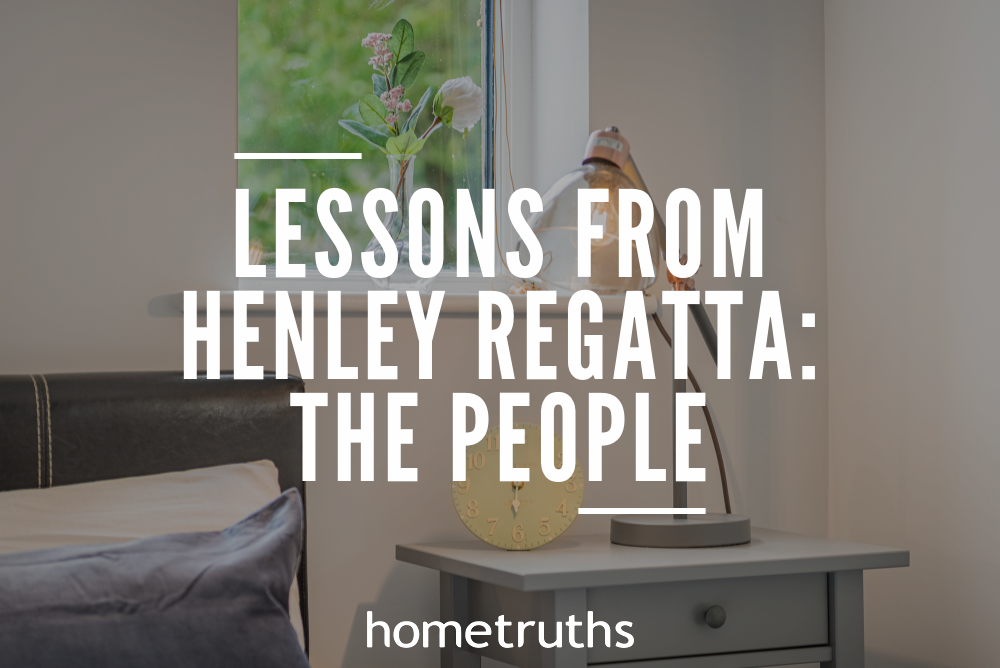When it comes to moving home, the stress doesn’t stop after you’ve found the right property for you. Packing and moving your belongings can prove to be chaotic and time consuming, but there are certain things you can do to make the process run smoothly. The experts at ABC Movers & Storers have put together some top tips to help you make the most of your moving day.
1. Make a List
Make a priority list of all the things you need to pack and in the order you should pack them. This will make it much easier when you start piling your possessions away. Tick off the items once you have packed them so you know exactly what has been packed already. You can also create a system including boxes containing items from i
Individual rooms, for particular uses and of a certain category. By grouping your possessions together like this they will be easier to organise when both packing and unpacking.
2. Start Early
It isn’t worth leaving all of your packing to the week before you move because you’re likely to either forget things or run out of time. Start with the things you only use now and then like books, tables, out of season clothes and ornaments. You can box these up in the weeks before your move so that in the last week you can concentrate on packing those things you use daily.
You’d be surprised at the amount of things you can live without for a month or so, and with the promise of making your moving day less stressful, it’s definitely worth planning ahead.
3. Label Boxes
This seems simple enough but people get it wrong so often. Label your boxes by room; if you need to colour code then do so. This will ensure that when you go to unpack you will know exactly what boxes should go in what room, allowing you to access your possessions when you need them.
Don’t just label the room either, write down some of the contents on the box so you don’t have to search all of your belongings to find what you’re looking for. When you’re labelling, make sure you write on the side of the box and not on the top. This will make it easier to see the contents when the boxes are all stacked.
4. Mark your Essentials Boxes
You may need a few boxes filled with items that you will need straight away – things like phone chargers, kitchen utensils and cleaning products. Marking these with a different colour duct tape will make them stand out straight away, making sure you’re not stranded when you get to your new home.
When filling your essentials box, take time to consider what items are going to go in there and what you will need as soon as you get to your new home. Writing down a list before you start to pack will make sure you don’t miss any vital items!
5. Don’t Fill the Boxes to the Top
Filling your boxes up to the top may m
Make it difficult for you to carry them around when transporting them. Whilst making the most of the space that you have is efficient, you will be making it more difficult for yourself to transfer your belonging to and from the removal lorry. If you put the heaviest items in smaller boxes not only will you be less tempted to keep packing extra bits and bobs, but you can take up less space without adding to the weight.
With these easy steps, you can be sure that you are fully prepared for the big day, making the move stress-free and easy. Make sure to plan ahead in order to avoid anything going wrong and try to remain as organised as possible. You will soon reap the rewards of spending time organising and labelling, and unpacking will be made even easier too!
If you’d like my help to sell your home more effectively, please answer a few short questions here and if I think I can help you, I’ll be in touch.




